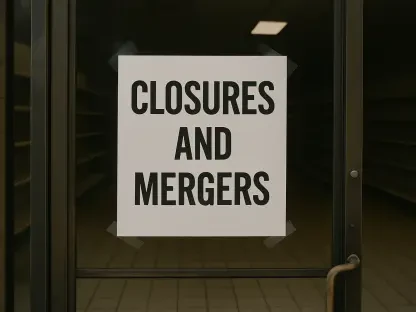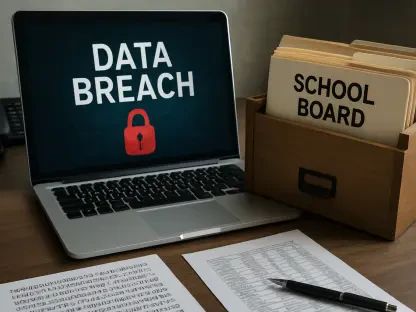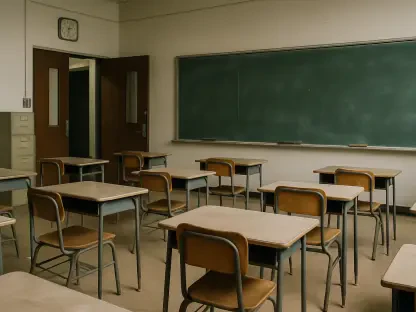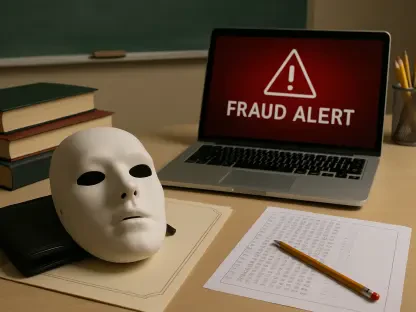The sudden onset of the Covid-19 pandemic forced an unprecedented shift in education, pushing schools worldwide to adopt remote learning almost overnight, exposing a myriad of challenges for educators and students alike. This dramatic transition replaced traditional classroom dynamics with virtual platforms that often struggled to replicate the in-person experience. From technical barriers to emotional disconnects, the hurdles were significant, reshaping how teaching and learning were approached during a time of global crisis. The impact was felt across diverse educational settings, with teachers grappling to maintain engagement and students facing varied home environments that influenced their ability to learn effectively. This exploration delves into the core difficulties encountered during this period, shedding light on the broader implications for education systems and the lingering effects that continue to shape pedagogical strategies. As the world adapted to these unforeseen circumstances, the resilience of educators and students was tested in ways that revealed both vulnerabilities and opportunities for growth.
Navigating Engagement in a Virtual Classroom
The shift to remote learning during the Covid-19 crisis presented a stark challenge in maintaining student engagement through digital screens. Teachers found themselves delivering lessons to blank screens or muted microphones, lacking the visual and auditory cues that are vital in a physical classroom. Without the ability to walk around and observe subtle signs of confusion or disinterest, gauging comprehension became a daunting task. This disconnect often left educators uncertain about whether students were actively participating or simply logging in without truly engaging with the material. The absence of immediate feedback loops, which are inherent in face-to-face interactions, made it difficult to adjust teaching methods on the fly or address individual struggles in real time. Compounding this issue was the lack of support staff, such as learning assistants, who typically provide targeted help to specific students or small groups, further widening the gap in addressing diverse learning needs within a virtual class of varied abilities.
Beyond the immediate barriers to engagement, the virtual environment stripped away many of the intuitive tools teachers rely on to foster a dynamic learning space. In a traditional setting, educators can sense the energy of the room, pick up on non-verbal signals, and encourage participation through spontaneous interactions. Remote platforms, however, often reduced lessons to one-way communication, where students could easily disengage without accountability. The challenge was not just about delivering content but ensuring it resonated with learners who might be distracted by their surroundings or technical issues. Additionally, the inability to physically monitor progress meant that some students slipped through the cracks, missing out on critical interventions that could have kept them on track. This situation highlighted a pressing need for innovative strategies to recreate a sense of connection and accountability in an online format, pushing educators to rethink how engagement could be sustained under such constrained circumstances.
Adapting to Limited Interaction and Collaboration
One of the most significant hurdles of remote learning during the pandemic was the drastic reduction in collaborative and interactive activities that are essential for comprehensive student development. Group work, a cornerstone of building soft skills like communication and teamwork, became nearly impossible to replicate effectively online. Without the natural flow of in-person discussions, students missed out on the chance to share ideas and learn from peers in a meaningful way. Hands-on tasks, which often cater to kinesthetic learners through activities like organizing story elements or engaging in physical exercises, were equally challenging to adapt to a digital format. These limitations not only hindered the learning experience for students with diverse needs but also diminished the vibrancy of lessons that thrive on active participation. The result was a more static educational environment that struggled to keep learners motivated and involved across different subjects and age groups.
Equally concerning was the impact on pastoral care and emotional support, which are integral to a student’s well-being and academic success. Online platforms offered limited opportunities for meaningful check-ins, making it harder for educators to notice when a student might be struggling emotionally or socially. The disparities in home environments further complicated this issue, as some students learned in quiet, dedicated spaces while others contended with crowded, noisy settings that disrupted focus. These unequal circumstances underscored how remote learning could exacerbate existing inequalities, leaving some students at a distinct disadvantage. Teachers had to find creative ways to maintain a sense of community, often through daily check-ins or relevant content that acknowledged the disruptions in students’ lives. Yet, the lack of personal connection often meant that emotional support fell short of what could be provided in a traditional school setting, highlighting a critical area for improvement in virtual education frameworks.
Reflecting on Lasting Impacts and Moving Forward
Looking back at the long-term effects of the Covid-19 disruptions, it’s evident that extended periods away from physical classrooms had a noticeable impact on student behavior and learning habits. Many educators observed declines in concentration, attendance, and overall expectations among students who spent significant time in remote settings. These shifts posed challenges in reintegrating learners into structured environments once schools reopened, as habits formed during prolonged online learning often persisted. However, attributing all current educational struggles solely to the pandemic oversimplifies the issue, as broader societal changes and pre-existing challenges also played a role. This perspective emphasizes the importance of a nuanced evaluation, ensuring that the pandemic isn’t used as a blanket explanation for ongoing difficulties. Instead, a balanced approach was needed to address both the specific fallout from remote learning and the wider context influencing student outcomes during that turbulent period.
In reflecting on those challenges, the focus now shifts to actionable steps for the future to better prepare education systems for potential disruptions. The experience underscored the need for adaptability in teaching methods, urging schools to invest in training that equips educators with skills for both virtual and hybrid environments. Addressing disparities in student circumstances also emerged as a priority, with initiatives needed to ensure access to quiet learning spaces and reliable technology for all. Furthermore, developing robust digital platforms that facilitate interaction and emotional support can help bridge the gaps exposed during the crisis. By learning from the past, education stakeholders can build resilience into systems, ensuring that remote learning, if required again, becomes a more equitable and effective experience. This forward-looking approach not only mitigates the lingering effects of past disruptions but also strengthens the foundation for innovative, inclusive education in the years ahead.









